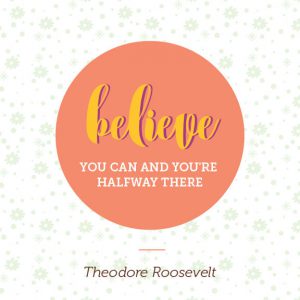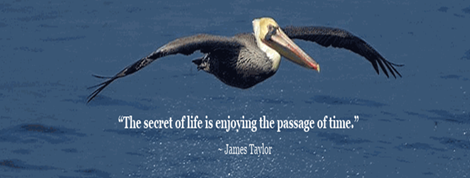I opened a few windows in the house on Monday to enjoy the sunshine and a pleasant breeze blowing over the spring grass (which was buried under snow by Tuesday evening). That got me thinking about how my blog entries in which I gave advice to my younger selves had let “fresh air” into my memories. Wouldn’t it be nice, I thought, if instead of always being focused on the past, I could invite an older self for an occasional visit to share her wisdom and encouragement with me in the present.
What I had in mind wasn’t the same as my recent post about having coffee with the Crone. Although I envisioned the Crone as kind and helpful, she was a cultural archetype and not a potential future self. I’ve never had a clear mental picture of what I might be like many years from now because, well, nobody really has much of a clue about the future.
The closest I ever came to imagining a future self was a post last summer about my adventures in 2083, which was intended chiefly as an antidote to stereotyped views of aging and wasn’t meant to be realistic. But then, given the fact that nobody knows what the future holds, who’s to say that my goofy sci-fi take on Future Me was necessarily any less realistic than anything else?
So I decided to invite my Fantastically Adventurous Imaginary Future Self—or Fannie, for short—to stop by for a visit. Fannie was healthy and active at age 119, due in part to taking good care of herself and in part to advances in medical science. She arrived in a small flying car, which landed on the street and tucked in its wings neatly before parking itself in my driveway.

(Creative Commons image via flickr)
Her shoulder-length hair sparkled in the sunlight as she got out of the vehicle. The base color of her hair was a deep ocean blue, and she had elaborate highlights in various metallic hues that shimmered and changed color when the sun fell on them.
“Nice hair,” I said.
“Thanks.” She took a step toward me, and the car door smoothly closed itself with a soft whir. “In 2083 they still haven’t figured out how to reverse gray hair, but nobody really cares because we have so many options for hair color. It’s very safe too—not toxic like the primitive stuff you’re using now.”
I must have frowned without realizing it, because she quickly added, “But there’s no need to worry—after all, you’re a past me, so it obviously didn’t kill you!”
She stretched like a cat enjoying the warmth of a sunny day and glanced around the yard, where crocuses were blooming in the front garden and the grass was brightening toward a nice spring green. Without asking my permission—which I supposed was fair enough, since she was another version of me—Fannie opened the gate and sauntered into the backyard, while I followed along.
“So,” she inquired in a cheerful tone, “what’s on your mind?”
“Well, lately I’ve been working on—that is, I’ve been considering how I can shift my mindset toward thinking of my everyday activities as play, rather than as work. It seems like that will take a lot of conscious effort because our language just isn’t structured to describe what we do as adults in terms of play. Just now, I caught myself saying that I was working! I suppose it can’t really be as hard as all that, but what’s making it feel like so much awkward effort?”
Rather than answering right away, Fannie took a few steps along the line of willows that I had spent so much time pruning over the past few years. She reached out to touch one of the branches that I had cut back close to the ground. Thin new growth extended from it, still leafless, with a few catkins dangling.
“It took a lot of effort to cut back these willows,” she observed, “and right now, I’d say they look a bit awkward—all bare and chopped off. But after the leaves open and the new growth fills in, they’ll look lovely, and you won’t need to do much with them. Change always seems awkward before enough time has passed to grow into it.”
A cloud passed over the sun. The highlights in Fannie’s hair went from sparkling green and gold to mostly silver and purple. The breeze started to feel a bit chilly.
“And everything is different from one moment to the next anyway,” I said, “so there’s no reason to overthink any of it. I can choose to look at it as playing with the words I use to describe what I’m doing, instead of always having to make an effort to be precise.”
Fannie grinned. “Yup, there you go. Words do matter, of course—but it’s not the end of the world if they could use a bit of editing.”










